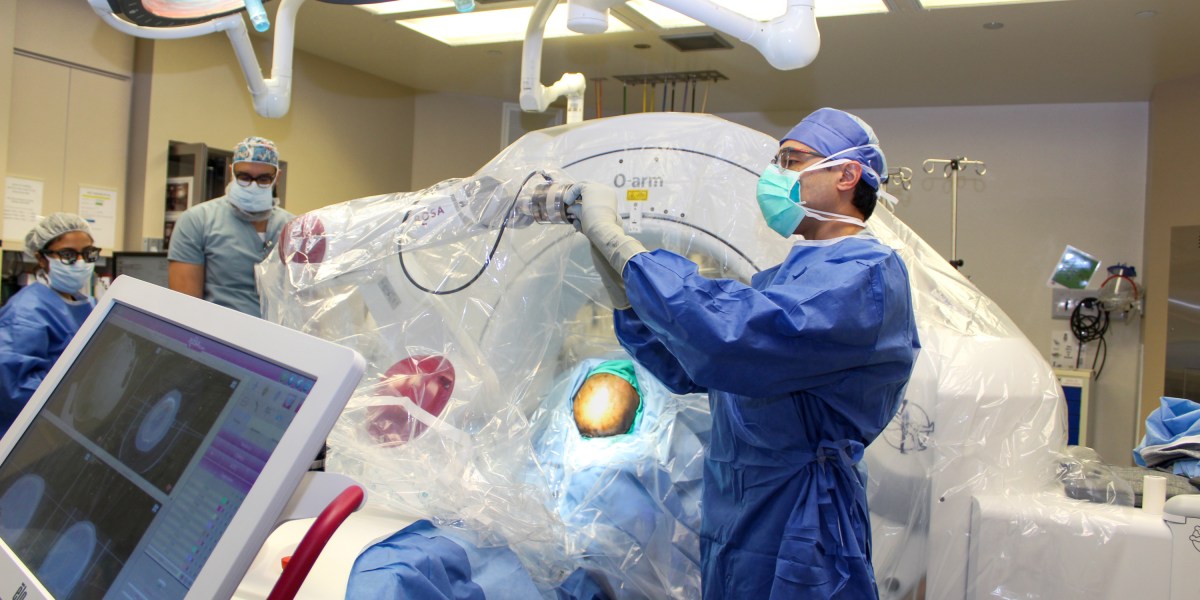
Dougherty thinks that Sheth’s research is “essential.” He adds, “Hopefully they can get enough data from a small group of people so that we can move away from [implanting multiple temporary electrodes].” He predicts that Sheth’s approach might identify a brain region that will be worth targeting in most people with treatment-resistant depression, and that noninvasive brain scans will find the exact spot to implant the electrode.
Measuring mood
Sheth and his colleagues also found some differences among the three volunteers, and the team’s “mood decoder” could identify how each volunteer was feeling based on their brain activity.
He hopes that in the future, new technologies will allow him and others to collect this information noninvasively, perhaps using a device that sits on a person’s head. Such a device could be used to measure the severity of a person’s symptoms, he says.
Today, a person with symptoms of depression will typically be asked a series of questions to determine the severity of the condition. Having some kind of objective measure—such as readings from a brain scan—is a key goal for psychiatry, says Dougherty.
It could also be problematic, though. Brain scans might never be sensitive enough to account for individual differences in people’s brains when it comes to symptoms of depression, and they might miss signs in some people and overestimate them in others. Sheth also acknowledges the possibility that because of research like his, brain scans could one day be used to diagnose depression in someone who is not obviously unwell or reveal it in someone who doesn’t want it known.
John, for one, doesn’t want others—particularly potential employers—to know he has a history of depression. “People don’t understand depression, and unfortunately, they see it as a weakness,” he says.
“You can’t really argue that… we should not try to help all these millions and millions of people with depression… just because there’s a possibility of misuse,” says Sheth. “We have to find ways of helping these folks. The rest of society can help us put guardrails on how this technology should be used.”
John’s electrodes are still delivering pulses of electrical stimulation deep in his brain. He charges the battery embedded in his chest every week. “As far as I know, if the stimulation stops, I go back to square one,” he says. And while DBS might not work for everyone for depression, “it saved my life,” he says.
